Advertiser content
Winter malting barley commanding high premiums
Winter malting barley is important for the whole malting industry, ensuring it is not wholly reliant on the spring crop for all its requirements.
Despite offering lower yields than most winter feed varieties, winter malting barley is currently commanding a high price with premiums well above the feed price making it a very attractive proposition for growers’ next season.
However, to be successful in achieving the higher malting premiums on offer it is important as a grower to achieve the required quality at harvest and to grow the right variety that is demanded by the end-users.
Chose a variety with maltster demand
Specialist winter varieties for the craft ale sector, malt distilling sector, and the established mainstream brewing sector offer variety choice on farm.
Agronomic differences between the varieties can further allow growers to pick the right variety fit for their farm conditions.
Before deciding which malting variety to grow, it is essential to first check the availability of local contracts to ensure you have secured a ‘home’ for your grain at harvest before drilling the crop.
Those malting varieties that have Malting Barley Committee (MBC) approval are most likely to be on the list of end-users looking to place contracts for harvest 2025.
Varieties with full approval are generally more widely accepted, while those with provisional approval are still ongoing and may be more limited in the contracts available.
Always check locally the availability of contracts first.
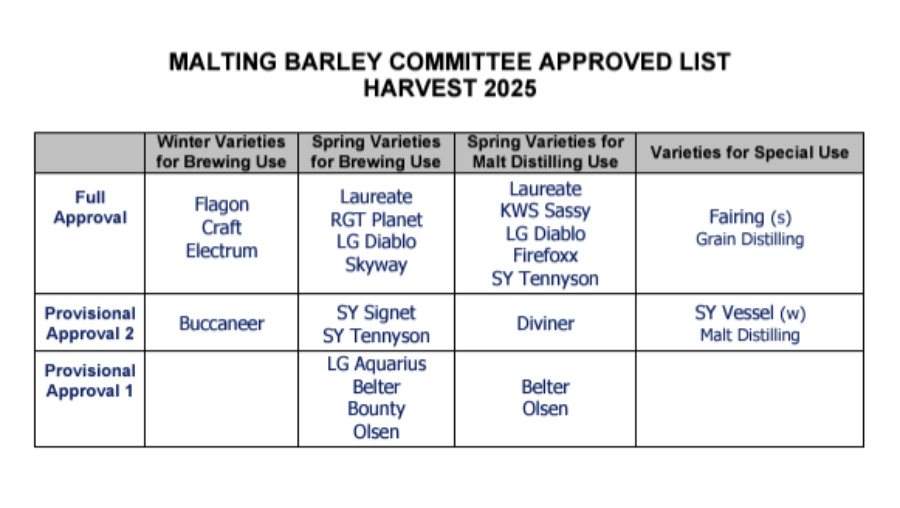
Source: https://www.ukmalt.com/mbc-press-release-may-2024/ © Syngenta
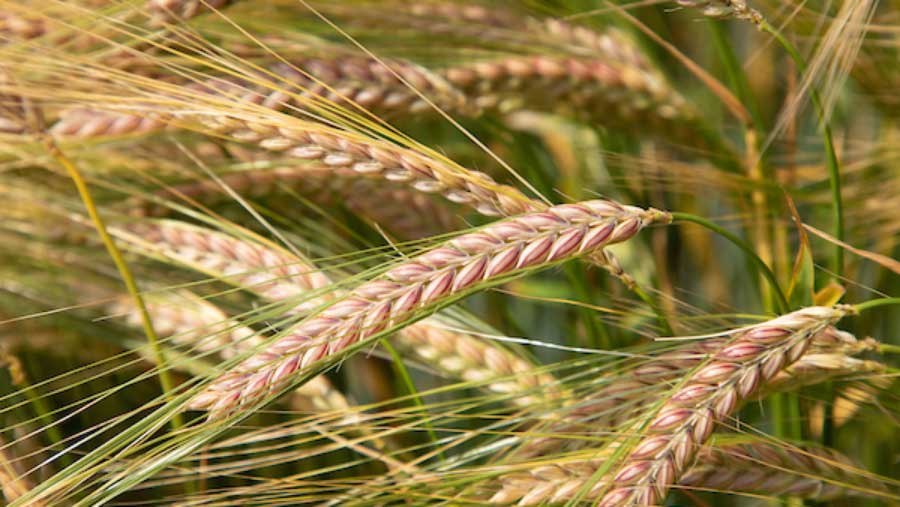
Craft © Syngenta
Craft
- The number one winter malting barley in the UK
- The largest percentage of the barley grain purchased by UK maltsters
- A very consistent variety with similar yields across all regions of the UK
- Good stiff straw and an overall robust disease resistance package
Electrum
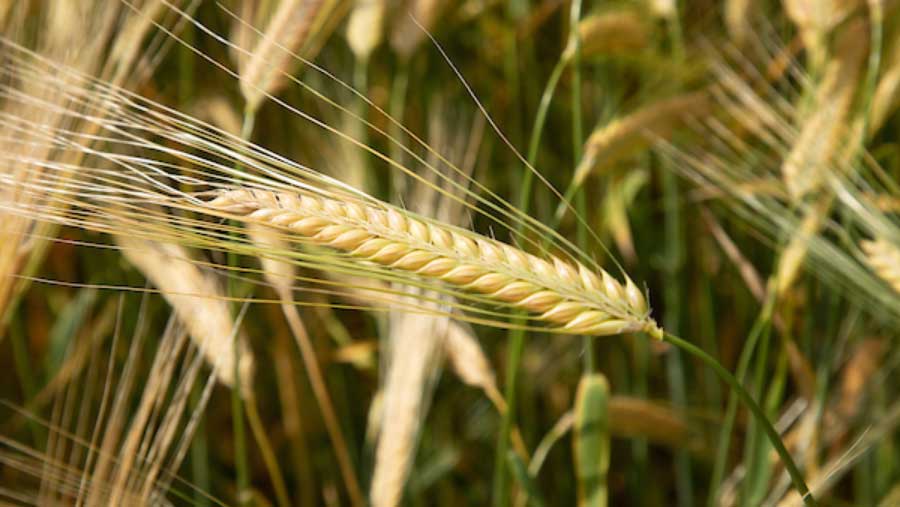
Electrum © Syngenta
- Electrum is the highest yielding winter malting barley
- Stand-out early maturity
- Quick to establish, it races through its growth stages throughout the year
SY Vessel
The special end-use quality of SY Vessel makes it completely unique in the UK winter malting sector, being the only variety offering malt distilling potential alongside that of brewing.
Historically, the UK malt distilling sector has relied solely on the spring barley crop to provide the grain it requires.
SY Vessel has now broken this dependency on the spring crop providing risk mitigation for the grower and end-user alike.
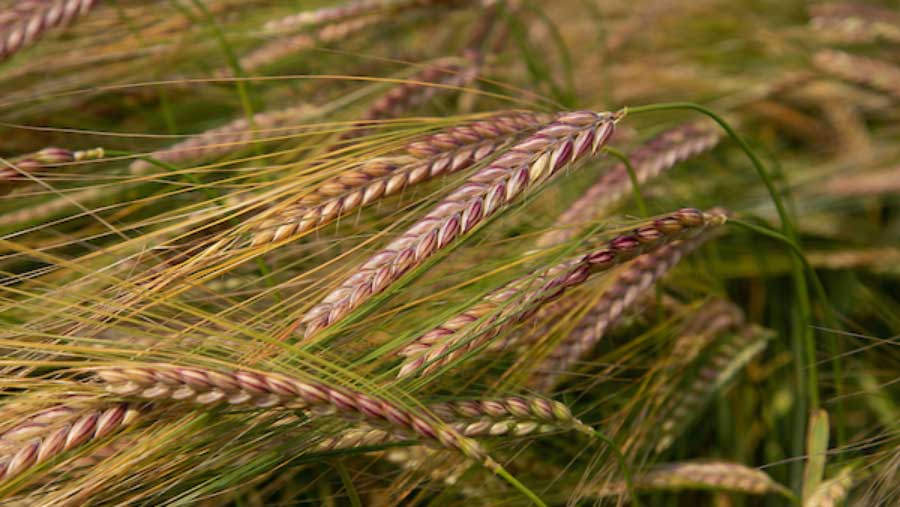
SY-Vessel © Syngenta
With provisional MBC approval for malt distilling, SY Vessel has demonstrated its flexibility to meet specifications for both key markets:
- Competitive yields on-farm
- High hot water extract and predicted spirit yield
- Further high grain nitrogen contracts are now also available for SY Vessel from certain maltsters
Different markets have different contract specifications

© Syngenta
Local contracts for malting varieties will specify the % grain nitrogen required along with other criteria such as screenings and specific weight.
It is essential to know the grain specifications you are aiming for and the exact requirements of your maltster.
Varieties such as Electrum and Craft are used solely for the brewing market so would target brewing specification, whereas SY Vessel can be used for malt distilling, brewing and even some high grain nitrogen contracts.
As a rule of thumb, domestic brewing markets require 1.6-1.75% grain nitrogen, while malt distilling requires grain nitrogen below 1.65%.
High nitrogen contracts typically target grain nitrogen above 1.85%.

© Syngenta
However, it is important to note these different market requirements can vary so always check locally with your intended maltster or your growing contract if you have one.
Nitrogen can be altered to meet market requirements
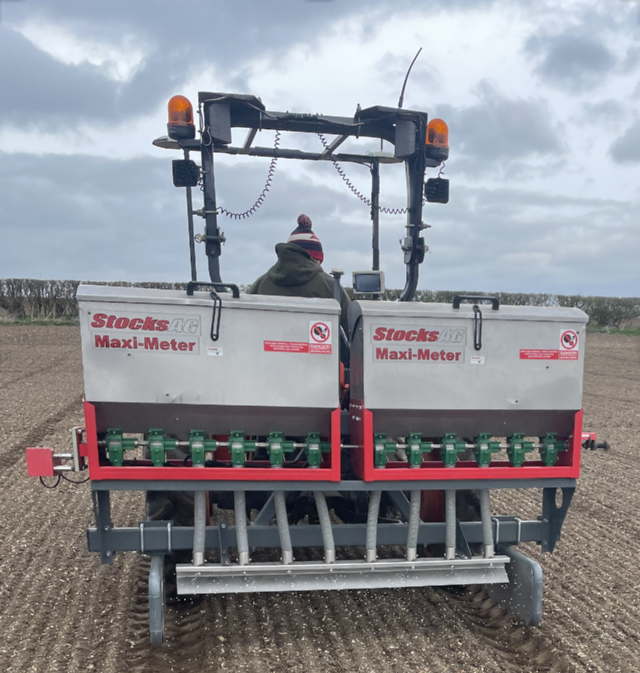
Stocks Maxi-Meter © Syngenta
Syngenta undertake extensive nitrogen trials on our varieties to determine the impact of applied artificial nitrogen on both yield and quality.
Results over the years have clearly shown that tailoring nitrogen inputs in both rates and timings will help to achieve the required specification.
The following graph shows the multiyear results of nitrogen work on the winter malting varieties Craft and SY Vessel.
In all cases nitrogen was applied in two splits at GS25 and 31.
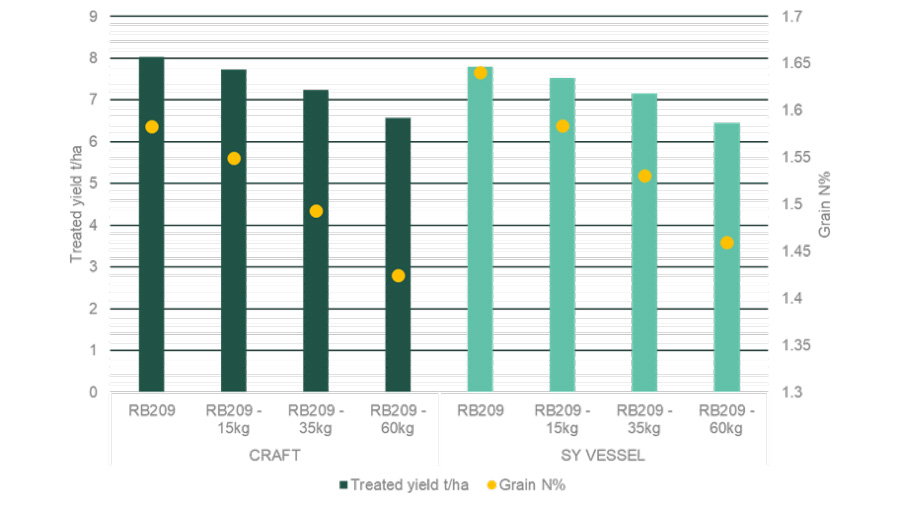
Source: Syngenta nitrogen trials 2020 to 2023 (Yield = mean 15 sites, % Grain N = mean 14 sites) © Syngenta
The RB209 guidance was followed to determine the level of nitrogen applied in the first treatment based on the local field situation of each individual trial.
Further treatments then examined the impact on yield and quality of reducing the level-applied nitrogen from the calculated RB209 rate by 15kg, 35kg and finally 60kg of N/ha.
By reducing total nitrogen applied, a range of % grain nitrogen was achieved in both varieties.
Results for SY Vessel clearly indicate that it can be grown successfully for both the brewing (1.6-1.75% N) and malt distilling (<1.65% N) markets by reducing the rate of applied nitrogen.
Over a four-year average a reduction of 15-35 kg N should give a % grain N of below 1.65% for SY Vessel whilst still achieving optimum yields.
These findings are directly in line with current RB209 guidance for targeting different grain nitrogen contents in winter malting barley.
When calculating the rates and timings of nitrogen to apply to any crop you must always consult a qualified Facts advisor, taking into consideration end market requirements and the fertility of the field. You must also work within any government guidelines/restrictions.
Provided by
Syngenta is one of the world’s leading agricultural companies, comprising of crop protection and seeds. Our ambition is to safely help feed the world while taking care of the planet.
